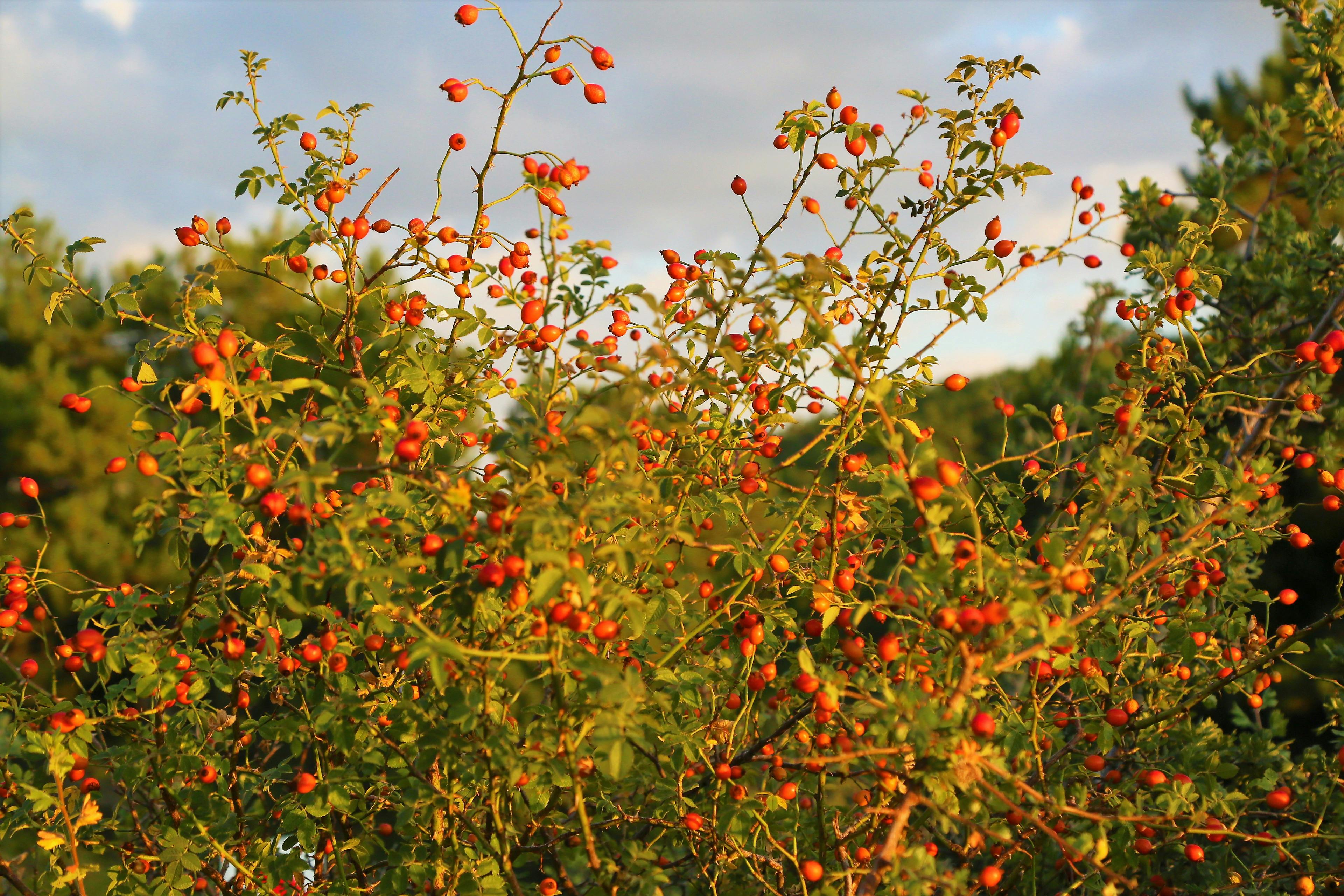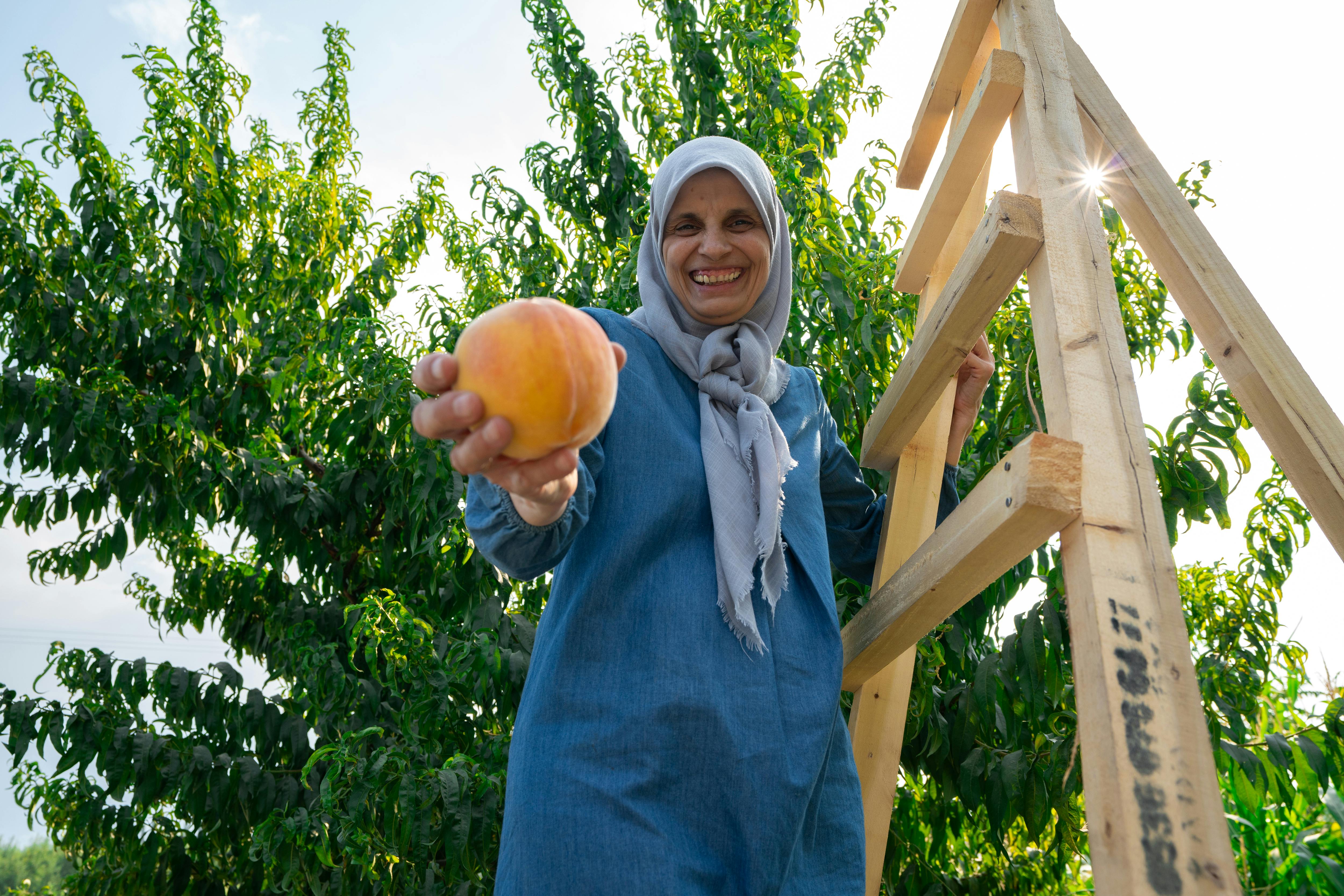One of the most frustrating experiences for a gardener can be growing a tree that does not bear fruit. Lychee trees, especially, are popular for their sweet and juicy fruits. If your lychee tree is not bearing fruit, you may be wondering why. In this article, we will discuss some of the possible causes and what you can do to encourage your tree to produce more fruit.1. Not Enough Sunlight: Lychee trees require full sun to produce fruit, so if your tree is not getting enough sunlight, this could be the reason why it’s not fruiting.
2. Too Much Shade: On the other hand, too much shade can also prevent your lychee tree from bearing fruit. If your tree is planted in an area that gets too much shade, it may not be able to produce enough energy to form flowers and fruits.
3. Too Much or Too Little Water: Lychee trees need a consistent amount of water in order to bear fruit. If it’s getting too much or too little water, this could be why your tree isn’t producing any fruits.
4. Nutrient Deficiencies: Lychee trees need a balanced diet of nutrients in order to produce fruits efficiently. If there are any deficiencies in the soil or if there is an excess of certain nutrients, this could be preventing your tree from bearing fruit.
5. Pests and Diseases: Pests and diseases can also prevent lychee trees from producing fruit if they are left untreated for too long. Common pests and diseases that affect lychees include scale insects, mealybugs, mites and fungal infections such as anthracnose and powdery mildew.
What is a Lychee Tree?
A lychee tree is a tropical and subtropical fruit tree native to China, and cultivated in various warm climates around the world. The tree grows up to 20 feet tall with a spreading canopy. The lychee fruit is distinctive for its leathery, red-brown skin and sweet, white flesh. It has a unique flavor that’s both sweet and tart. Lychee trees are hardy and long-lived, with some trees living for over 100 years.
Where Does it Grow?
Lychee trees are well adapted to warm climates and can be grown in USDA Hardiness Zones 10-12. In the United States, they are grown in Florida, Hawaii, California, Texas and Arizona. They can also be grown in other areas of the world with suitable climates such as South Asia, Australia and parts of Africa. Lychees need plenty of sunshine, heat and water in order to thrive.
How to Plant Lychees
Lychees can be planted directly into the ground or started from seedling plants. When planting directly into the ground, make sure to choose a spot that gets plenty of sunlight and has well-drained soil. Dig a hole slightly larger than the root ball of your tree and backfill with soil mixed with compost or manure. Water thoroughly after planting.
Care for Your Lychee Tree
Lychees require regular watering during hot weather but should not be over watered as this can cause root rot or other diseases. Prune back any dead branches or shoots that may appear on your tree during the growing season. Fertilize your tree once or twice a year using a balanced fertilizer such as 10-10-10 or 8-8-8 mix.
Harvesting Lychees
Lychees typically ripen between late spring and early summer but this can vary depending on your climate zone. The fruit should be picked when it’s still slightly firm but not too hard as it will continue to ripen off the tree. Store ripe lychees in an airtight container in the refrigerator for up to two weeks.
Common Pests & Diseases
Lychee trees are susceptible to several pests such as scale insects, aphids and mealybugs which can cause damage to leaves and fruit if left unchecked. Diseases such as anthracnose, bacterial blight and root rot can also affect lychee trees but these can often be prevented with proper care and maintenance of your tree.
Providing Adequate Sunlight and Water
Lychee trees need plenty of sunlight and water to produce fruit. Make sure the tree gets at least six to eight hours of direct sunlight daily. Water the tree deeply and consistently, ensuring the soil is kept moist at all times. If the lychee tree is planted in a pot, be sure to water it more frequently as the soil will tend to dry out quickly.
Fertilizing Regularly
Fertilizing your lychee tree regularly is essential for maximizing fruit production. Use a balanced fertilizer that contains nitrogen, phosphorus, and potassium. Apply fertilizer every two months during the growing season (spring through fall).
Ensuring Proper Pruning
Pruning your lychee tree correctly is important for promoting healthy growth and fruit production. Prune off any dead or diseased branches as soon as possible. Also, remove any branches that are growing too close together or crossing over each other. Lastly, prune off any weak or spindly branches that are not producing fruit.
Providing Plenty of Pollinators
Lychees are self-pollinating, but having plenty of pollinators nearby can help increase fruit production. Encourage bees, butterflies, and other pollinators to visit your lychee tree by planting flowers nearby or providing a bee bath with sugar water.
By following these tips on providing adequate sunlight and water, fertilizing regularly, properly pruning your lychee tree, and encouraging pollinators you will ensure that your lychee tree produces plenty of delicious fruits!
The Ideal Environment for Growing Lychee Trees
Lychee trees are tropical fruits that thrive in warm climates with plenty of sunshine and humidity. They are native to Southeast Asia and need specific conditions in order to produce their sweet, juicy fruit. In order to produce a successful lychee harvest, the ideal environment needs to be provided.
The ideal location for growing lychees is in a sunny spot with well-drained soil. Lychees grow best in temperatures ranging from 65–95 degrees Fahrenheit and need at least 6 hours of direct sunlight per day. Lychees also require high humidity levels, so it is important to provide regular watering and misting of the leaves.
Fertilizing your lychee trees is an important part of providing the ideal environment for growth. A balanced fertilizer such as 10-10-10 should be applied during the early spring months to ensure that your trees have all the essential nutrients they need for a healthy harvest. Additionally, pruning can be done throughout the year to keep your trees from becoming overgrown and producing too much fruit.
Pests and diseases can also be a concern when growing lychees, so it is important to regularly inspect your trees for signs of infestation or disease. Common pests such as aphids and scale can be treated with organic insecticides or by introducing beneficial insects such as ladybugs into your garden. Common diseases such as bacterial leaf spot or fungal infections can also be treated with fungicides or other organic treatments.
By providing the ideal environment for growing lychees, you can ensure that you will have a successful harvest each season! With proper care and attention, you will be able to enjoy sweet, juicy lychees from your own backyard!
Common Diseases That May Affect Your Lychee Tree
Lychee trees can be affected by a variety of common diseases, including canker, powdery mildew, and anthracnose. Canker is a fungal disease that is caused by the fungus Glomerella cingulata, which can cause dieback of branches and twig death on lychee trees. Symptoms of canker include lesions on the bark of the branches that start off as small purple spots before gradually turning into large brown or black areas. Powdery mildew is another fungal disease caused by the fungus Microsphaera alni. It appears as white patches on the leaves and stems of lychee trees and can cause leaf drop. Anthracnose is a fungal disease caused by Colletotrichum gloeosporioides which causes dark spots with yellow borders to form on leaves, twigs, and fruit. If left untreated, it can lead to defoliation and fruit drop.
Other common diseases that affect lychee trees are root rot and wilt. Root rot is caused by the fungus Phytophthora nicotianae which affects the roots of lychee trees resulting in wilting leaves and reduced growth. Wilt is caused by several fungi including Fusarium solani, Verticillium dahliae, and Rhizoctonia solani which cause wilting leaves and stunted growth in lychee trees. These diseases can be treated with fungicides or cultural management practices such as pruning away affected branches or removing infected plant material from around your tree.

What Nutrients Do Lychee Trees Need to Bear Fruit?
Lychee trees require a number of essential nutrients to produce abundant fruit. The most important of these are nitrogen, phosphorus, and potassium. Nitrogen is necessary for the growth of leaves and stems, while phosphorus and potassium are important for flowering and fruiting. Other essential nutrients include calcium, magnesium, sulfur, iron, zinc, copper, manganese, boron, molybdenum, and chlorine.
In addition to these macronutrients, lychee trees also need micronutrients such as boron and manganese. Boron is necessary for the development of healthy flowers and fruits while manganese aids in the production of chlorophyll which helps in photosynthesis. Other micronutrients include zinc and copper which help in the formation of enzymes that support plant growth.
It is also important to provide lychee trees with adequate amounts of water and sunlight to ensure their optimal growth and yield. Water is essential for transporting essential nutrients from the soil into the plant’s roots while sunlight provides energy for photosynthesis. Additionally, lychee trees require well-drained soil with an acidic pH level between 6-7 in order to thrive.
Finally, it is important to fertilize lychee trees regularly with a balanced fertilizer that contains all the necessary macro-and micronutrients for optimal growth and fruiting. The ideal time for application is during late winter or early spring before flowering begins. Fertilizers should be applied according to manufacturer’s instructions in order to avoid over-fertilizing which can lead to poor fruit production or even harm the tree’s health overall.
Pruning
Pruning is an essential practice for proper fruit production. It helps to promote healthy growth and reduce the risk of disease and pest infestations. Pruning also helps to encourage stronger stems and larger fruit size. Pruning should be done when the tree is dormant, usually in late winter or early spring before new growth begins. When pruning, always remove dead, dying or diseased wood first and follow with removal of any shoots that are growing away from the desired shape of the tree. Regularly pruned trees will produce more fruit with an increased quality flavor.
Pollination
Pollination is a necessary step for successful fruit production. Pollination happens when pollen from one flower’s male reproductive parts are transferred to another flower’s female reproductive parts. This allows fertilization of the ovules within the flowers, resulting in fruits and seeds. Pollination can be done by either wind or insects, such as bees and butterflies. When relying on insects for pollination, it is important to keep them around your garden by planting a variety of flowers that will provide them with nectar throughout the season.
Overall, proper pruning and pollination are essential for successful fruit production. Pruning helps to promote healthy growth and reduce disease risk while pollination ensures that fruits can be produced successfully. By taking these steps, you can ensure that your trees will yield a bountiful harvest each season!
Identifying Nutrient Deficiencies in Your Lychee Tree
Lychee trees are a popular choice for those looking to grow their own fruit. While lychee trees are generally hardy and easy to care for, they can still suffer from nutrient deficiencies if not properly managed. Recognizing the symptoms of nutrient deficiencies in your lychee tree is the first step to ensuring it remains healthy and productive.
Nutrient deficiencies can be identified by a number of different symptoms, including yellowing or discoloration of leaves, slow growth, and stunted fruits. If you notice any of these signs in your lychee tree, it may be time to take a closer look at its nutrition.
The most common nutrient deficiencies in lychee trees are nitrogen, phosphorus, potassium, magnesium, and iron. To determine which nutrients need to be supplemented in your tree’s soil, you will need to conduct a soil test. A soil test will provide you with information on the pH level and nutrient content of your soil, allowing you to better determine which nutrients need to be added or adjusted.
If the results of your soil test indicate that one or more nutrients are lacking in your lychee tree’s soil, you can supplement these with specialized fertilizers designed for fruit trees. It’s important to carefully follow the manufacturer’s instructions when applying fertilizer as over-fertilization can burn the roots of your tree or inhibit its growth.
In addition to regular fertilization, there are other measures you can take to ensure that your lychee tree remains healthy and productive. Paying close attention to watering needs is essential as too much or too little water can lead to nutritional deficiencies. Proper pruning is also important as it helps promote air circulation and improves the overall health of the tree.
By taking the time to identify any potential nutrient deficiencies in your lychee tree and addressing them promptly with proper fertilization and other care practices, you can help ensure that it produces healthy fruit for years to come.

Conclusion
The lack of fruit on a lychee tree can be caused by a variety of factors. These include poor pollination, drought, inadequate nutrition, improper pruning, and pests. In order to ensure that your lychee tree is healthy and bearing fruit, it is important to provide it with adequate sunlight, regular watering and fertilising, and regular pruning. Additionally, ensuring that the tree is sufficiently pollinated will help ensure that the tree produces fruit. If none of these measures are successful in producing fruit, then it may be time to consider replanting or replacing the tree altogether.
Ultimately, there is no single answer to why your lychee tree may not be bearing fruit. Understanding the various factors at play can help you make an informed decision about how best to care for your tree and ensure that it produces abundant harvests for years to come.



